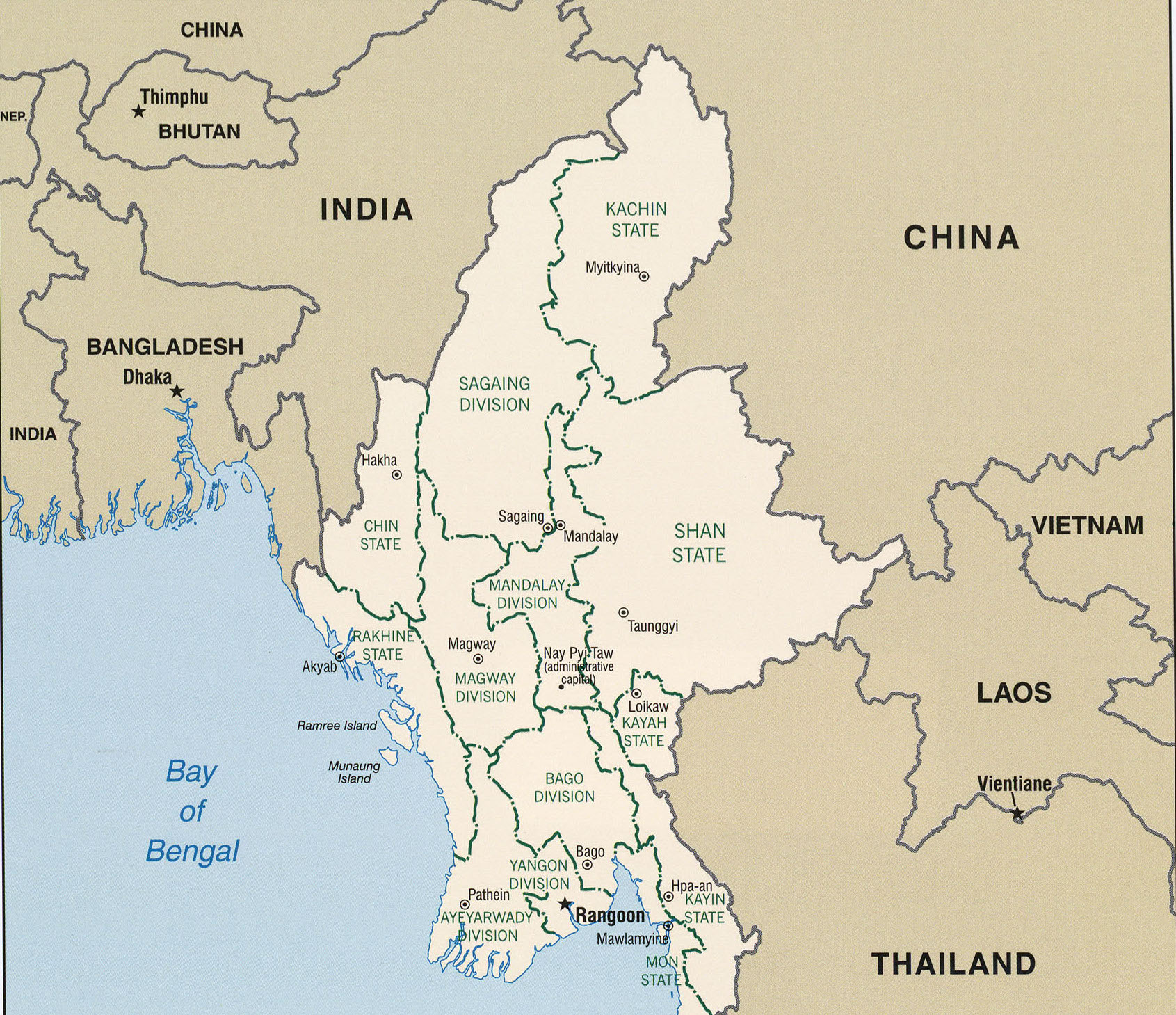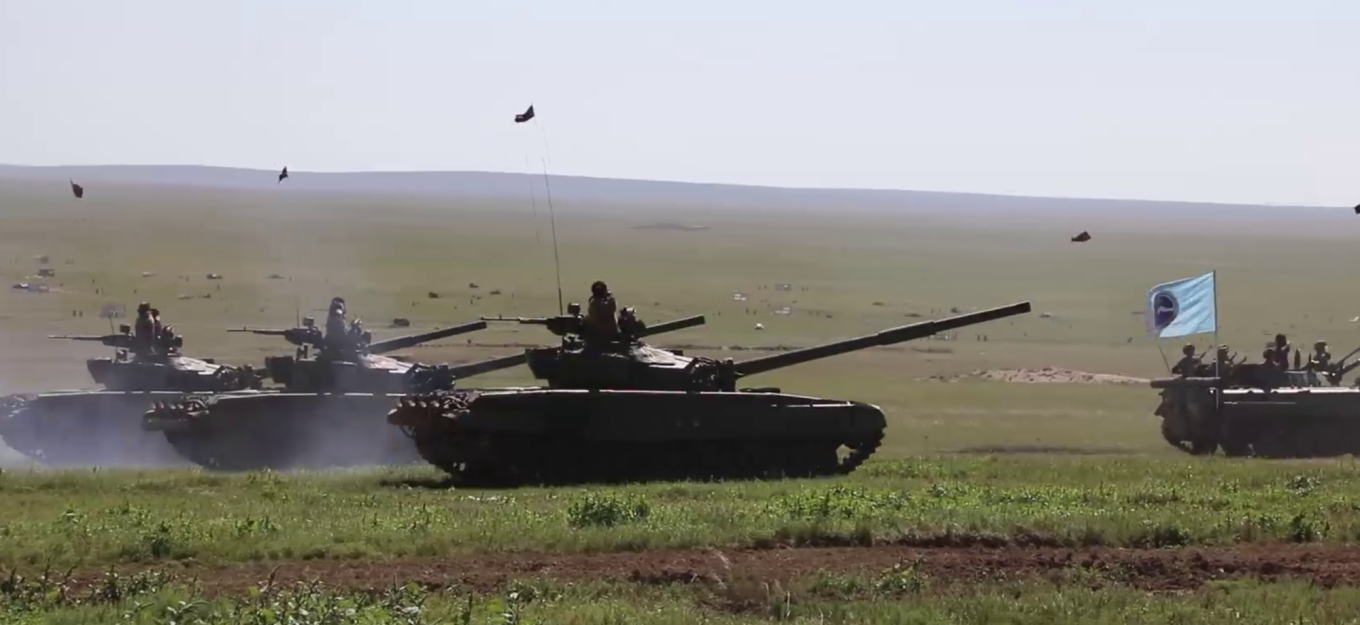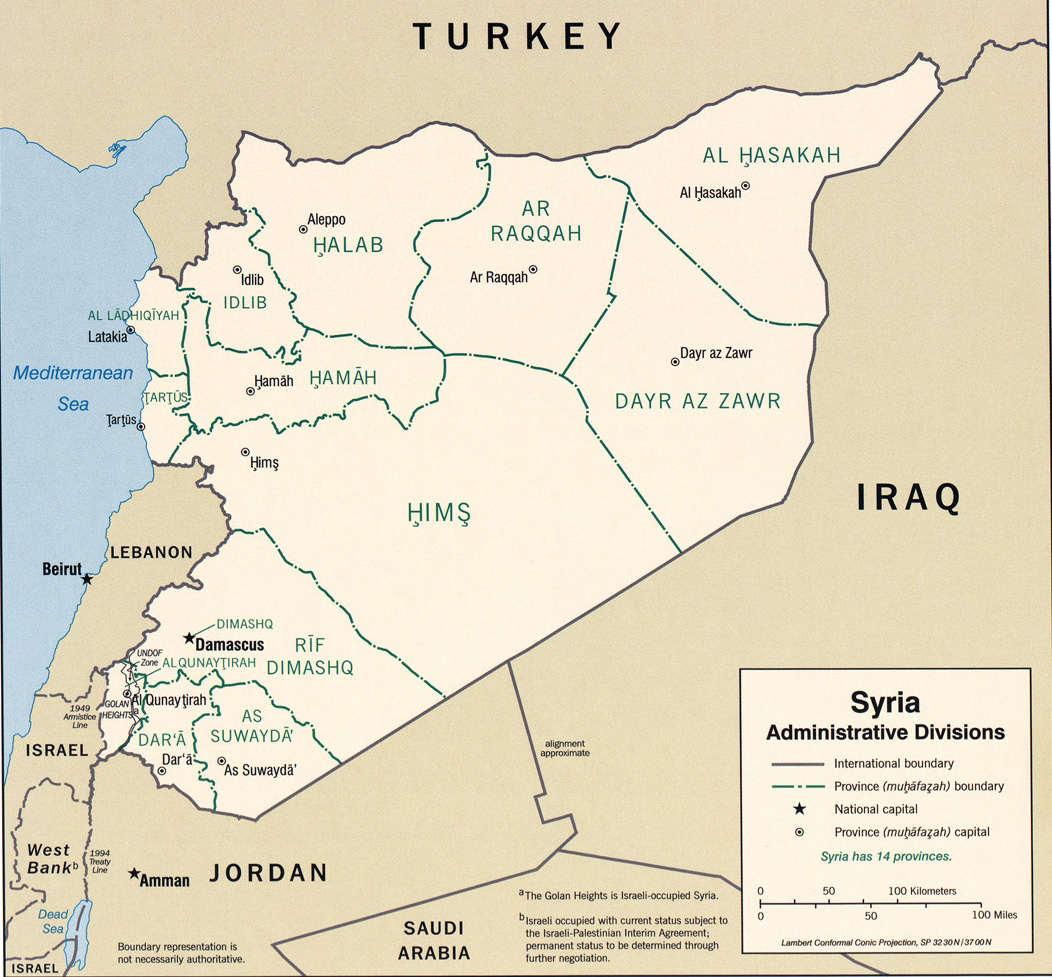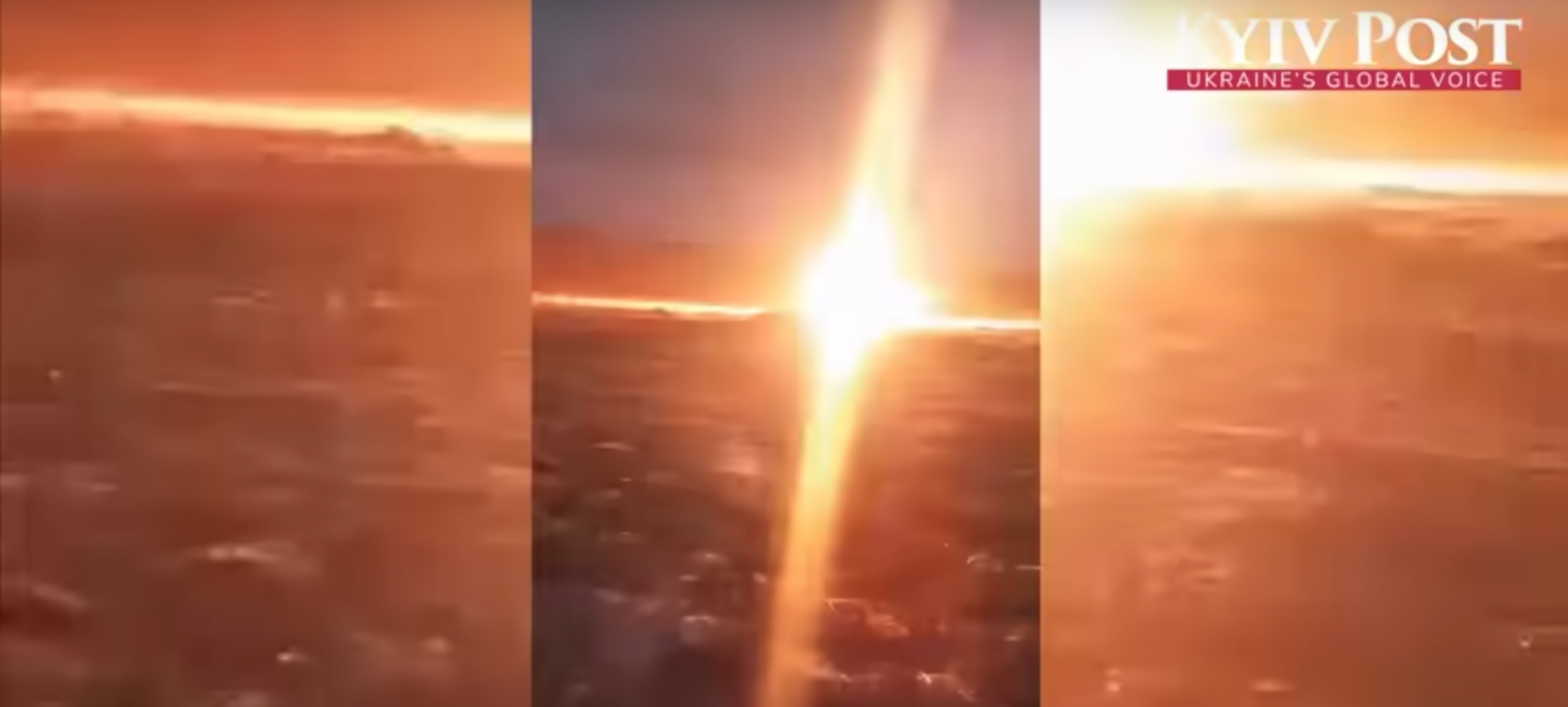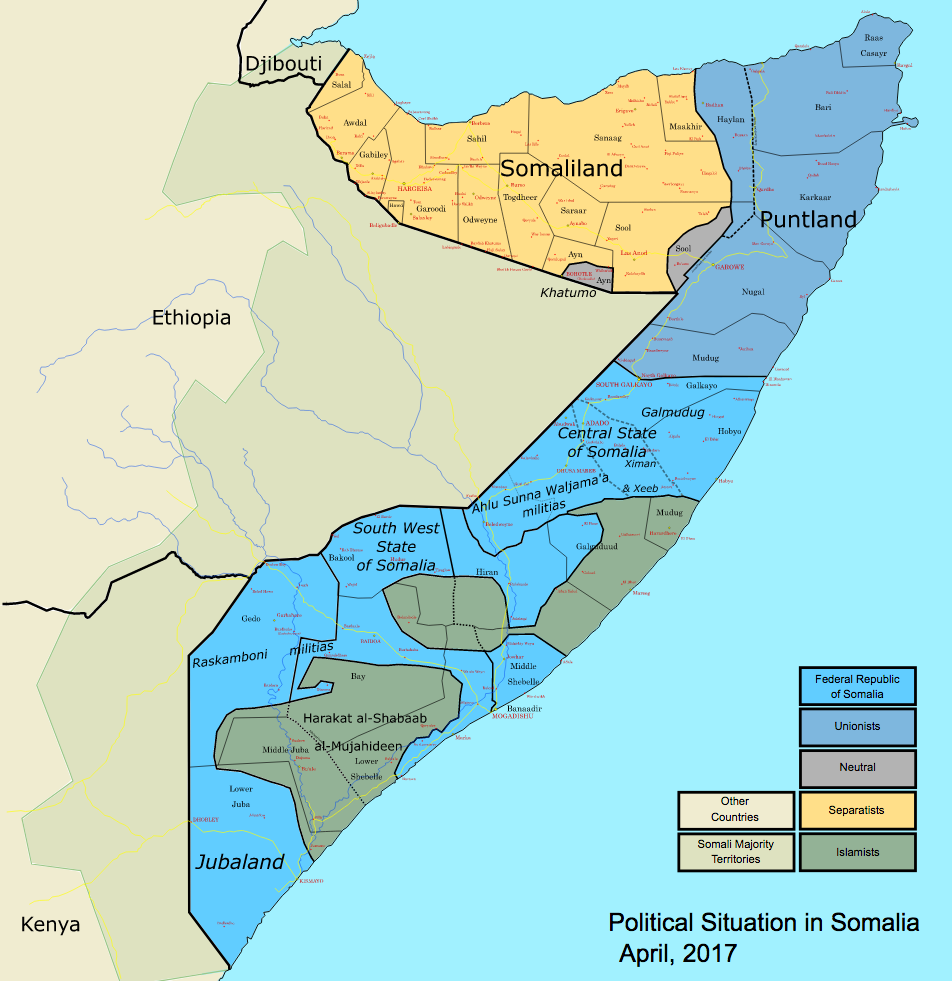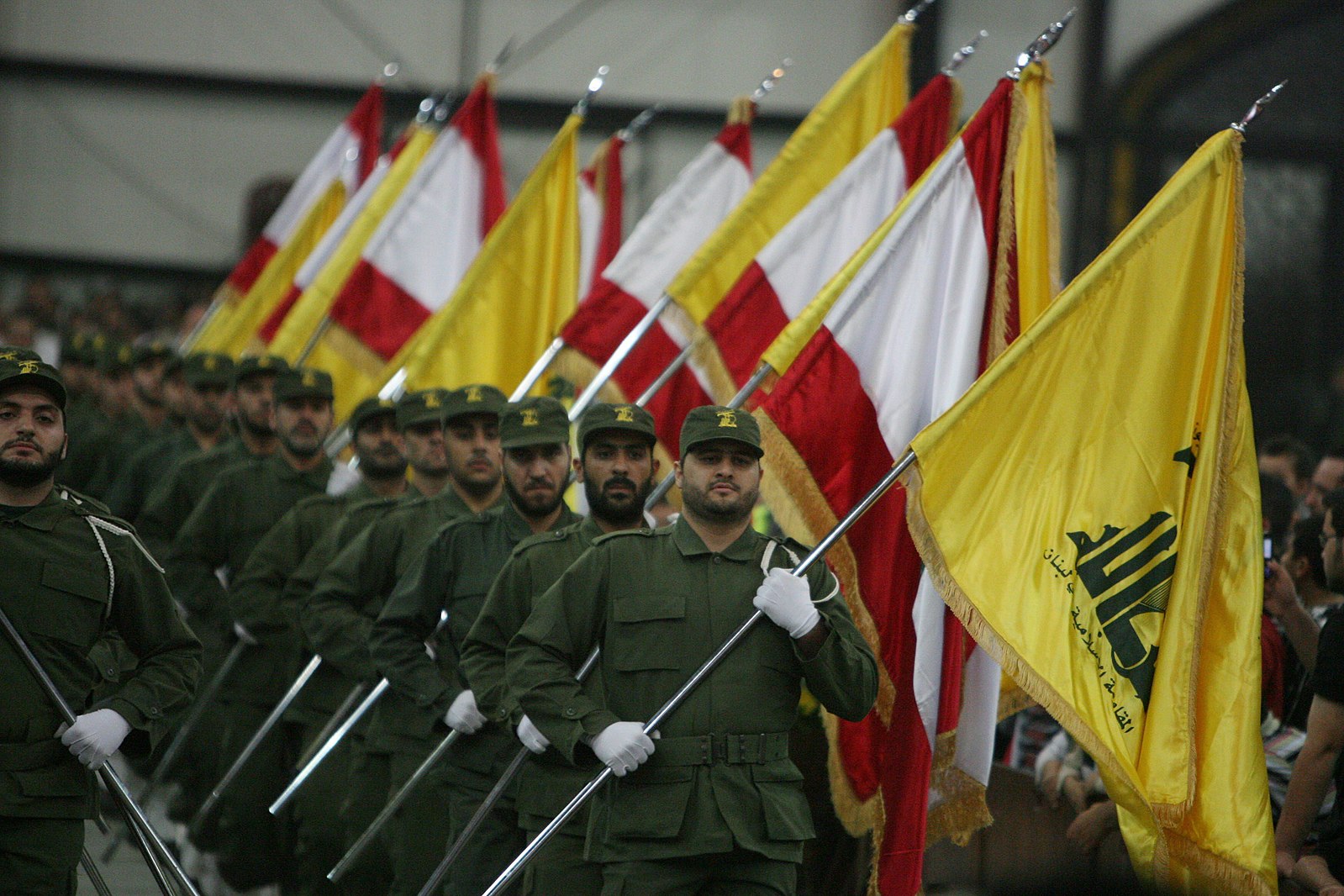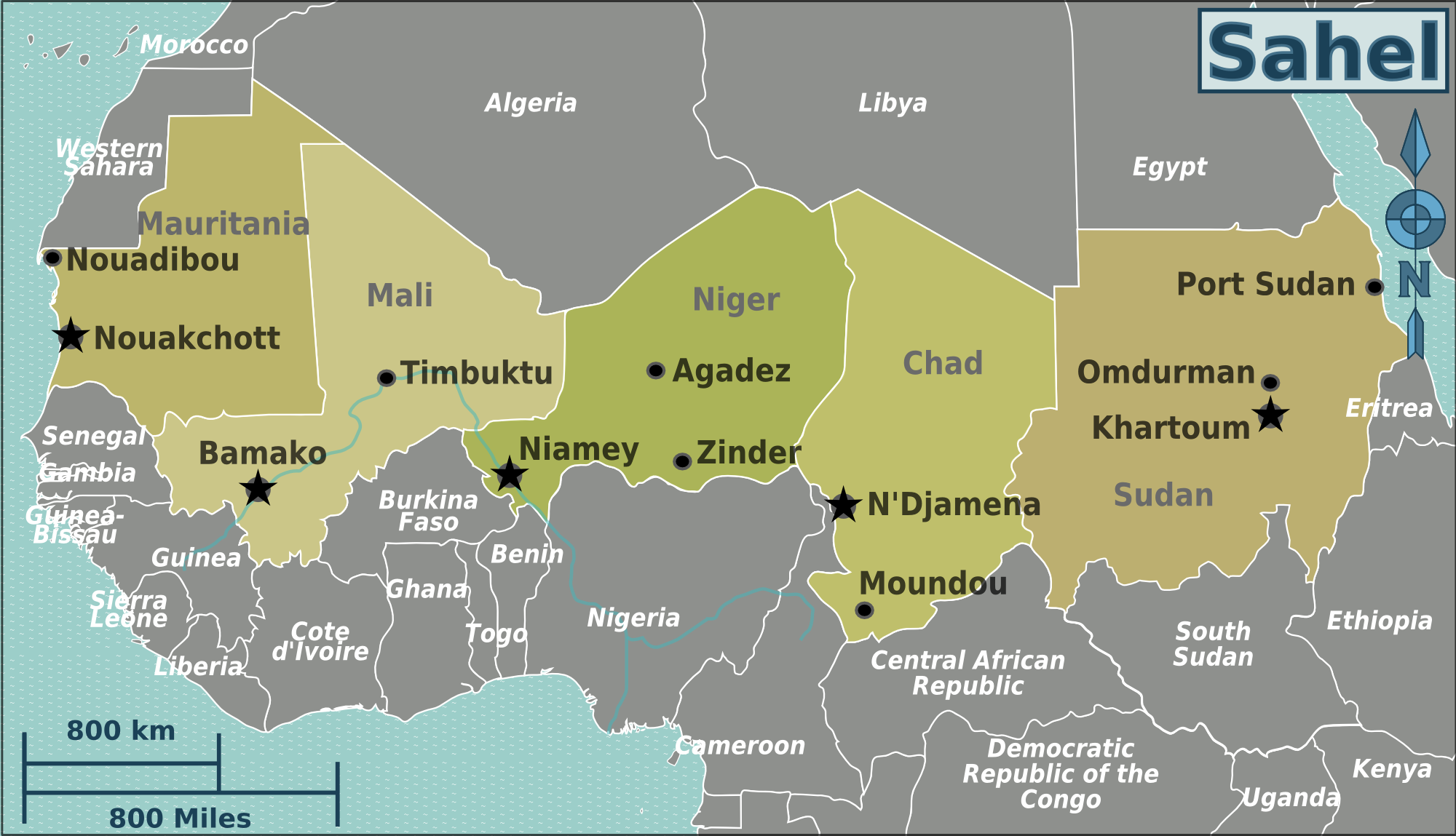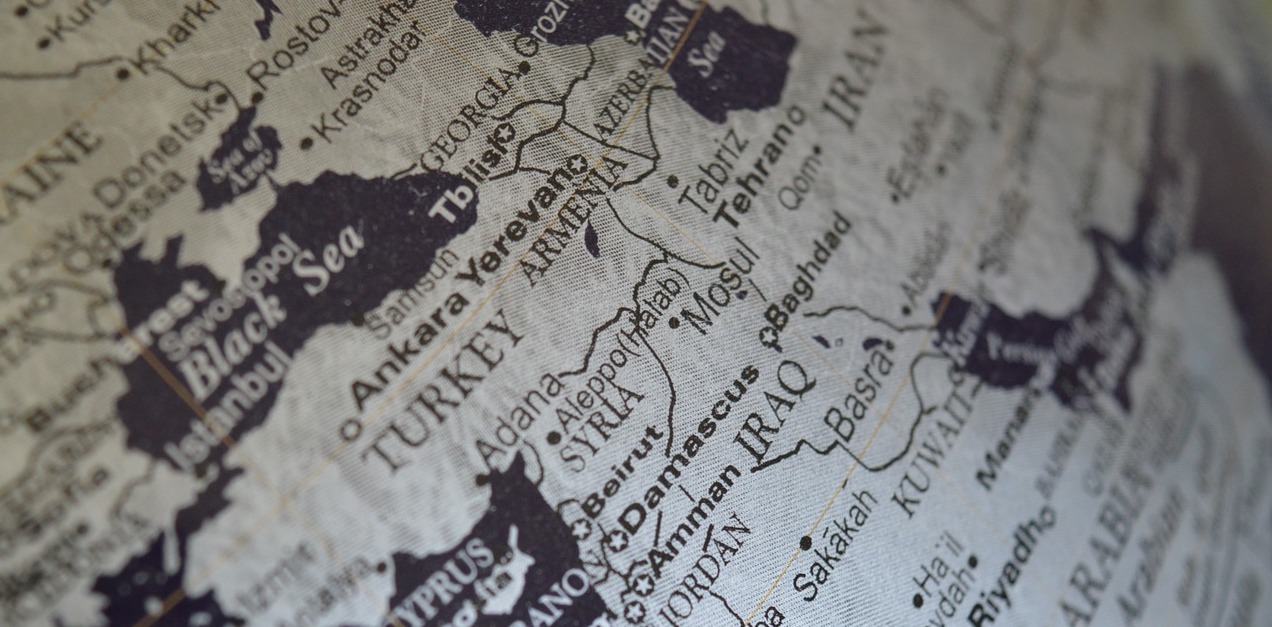
Turkey strikes Syria, Iraq after Ankara attack
Turkey launched air-strikes on supposed Kurdistan Workers’ Party (PKK) targets in Syria’s Rojava autonomous enclave and Iraq’s Kurdistan region in retaliation for an attack on the headquarters of a defense contractor in Ankara. Five were killed and two attackers reported “neutralized” in the explosion and armed assault at the Turkish Aerospace Industries (TUSAS) facility in Ankara’s Kahramankazan district. No group has claimed responsibility for the attack, but Turkish authorities quickly blamed the PKK. Strikes were reported on the Rojava towns of Qamishli, Derik, Kobane, Tal Rifaat, and Manbij. Rojava’s autonomous authorities said that at least four civilians were killed, including a five-year-old child, and 15 people injured. (Image: Pixabay)



